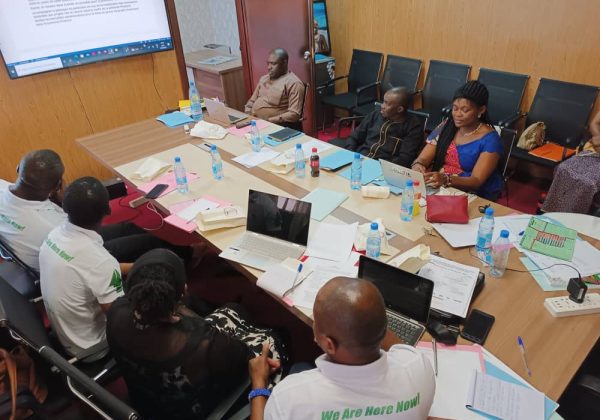…(Achieved articcle) Reposted HERE
Relating this initiative’s to its start up country and following that the Cameroon government has instituted a long term development plan which aims at making the country an emerging nation by the year 2035. With an improved growth and employment strategy paper holding a vision to increase on investments and drastically curb down the present unemployment wave currently facing its fellow citizens by the year 2020, the aroused need to encourage innovative initiatives in every other sector of the nation’s economy especially with regards to Health, Education, Agriculture and Infrastructural development has been strongly scaled up.
Given that there exist over 2000 public and private community health units instituted all over national territory providing health care services to a population of over 19,000,000 inhabitants in compliance with all health statutes and government policies governing health care delivery in Cameroon, there is need to foster the institutional patient data keeping, handling and sharing of patient care information systems with appropriate modern ICT networking parameters that will improve on the audit trail of health core data sets, custodianship, integrity, stewardship, lock-box, inter-physician agreements, patient health, electronic and medical records, privacy, security and other integrated financial prerequisites.
With a goal to build and institutionalize a cost effective patient data storage, health care delivery reporting, health personnel management plan and a facilitated distant health bills regulatory system through dynamic ICT networking parameters within local health care delivery units and major urban affiliated health care supervisors, this initiative will also facilitate the accessibility of health records and drastically cut down on the expense rates involve in keeping and sharing patient health data; improve on the control, privacy, security and health data communication links for patient electronic and medical health records within and amongst health units
and facilitate distant e-consultations and health bills payments for family members and other concerned other third parties.
Coupled with the above mentioned Cameroon government’s development policy and need to strengthen effective e-governance initiatives in less developed countries, IT infrastructure needs within hospitals worldwide are under enormous pressure of the upsurge in health care data. Initiatives that require patient records to move from paper to electronic storage in the next three to five years will increase dramatically: in some studies it is estimated that nearly 80% of patient records are currently stored only in paper files (BIH_HDM_Brochure_-_US_Letter.pdf). The voluminous patient data keeping and working solutions of medical personnel in the majority community health units which is usually on paper and not easily assessable nor modifiable is granted a chance through this initiative wherein unit and central patient data storage and management tools will cost-effectively expand workstation capacities and protect critical data while providing convenient and flexible assess to patient and physician work plans.
Besides the initiatives outright development goals its design is structured to habitably accommodate the situational adjustment and actual needs of our local community health units within the sub-Saharan African countries including but not limited to language mutations, population class and cultural distinctions.
Also given that outside the objective focus of the community health unit database networking systems inculcates a wider range of developmental needs for sub-Saharan African countries including the spread of internet connectivity to interior localities, ICT management capacity building of the concerned community youths to manage and upgrade the system and rapid e-governance progress, the system’s facilities and requirements will ignite/facilitate a stimulated stretch of similar technologies into other sectors of the national economies such as agriculture, Education and the judiciary.



